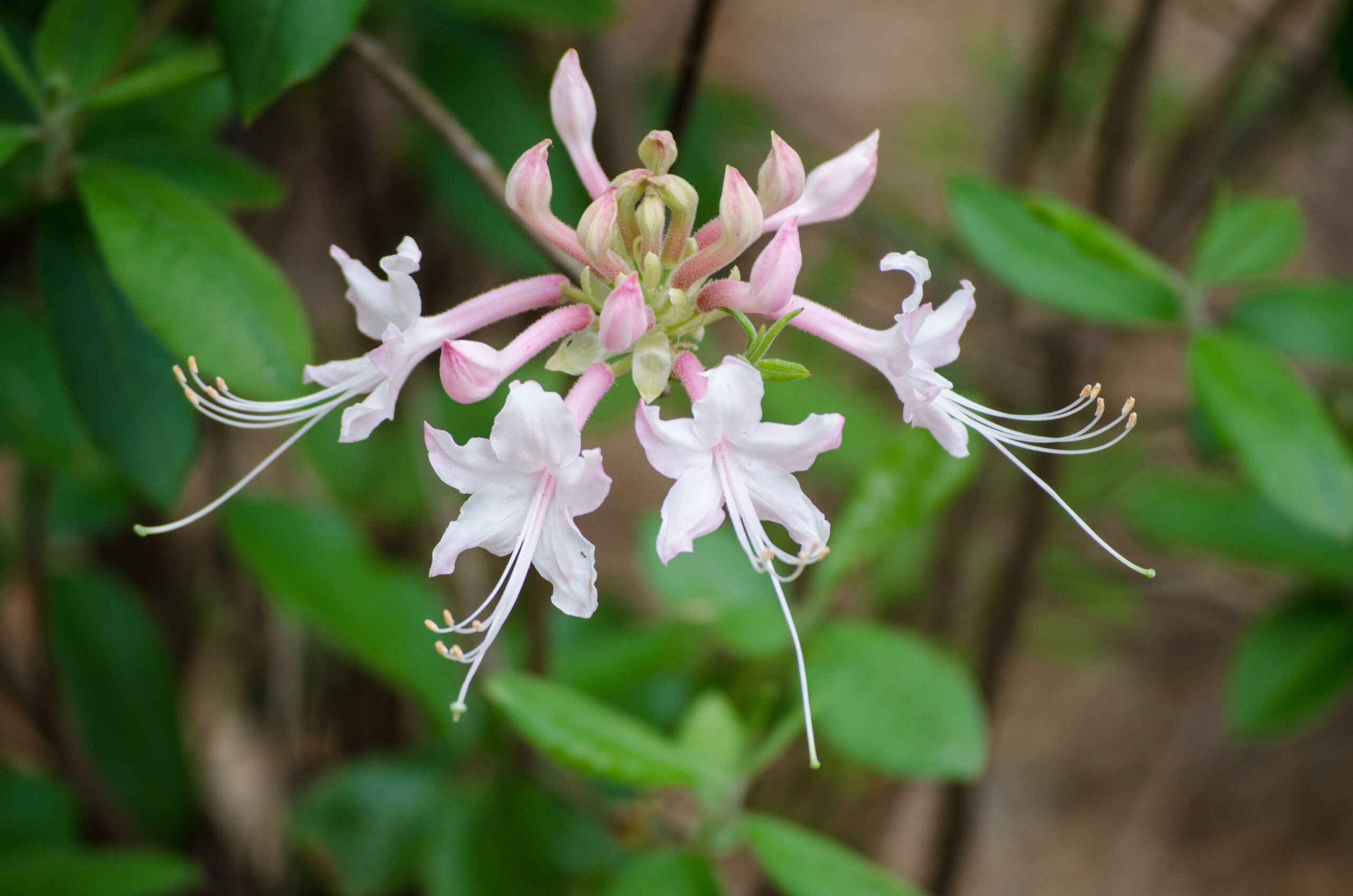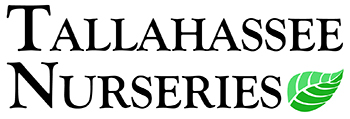
 You’ve probably heard a lot about native plants in the last few years, but what’s so special about them? Native animals have been reliant on native plants as sustenance for eons. In those countless years they have developed a reliance on each other for food, pollination, seed dispersal, nutrient cycling, and ecosystem management.
You’ve probably heard a lot about native plants in the last few years, but what’s so special about them? Native animals have been reliant on native plants as sustenance for eons. In those countless years they have developed a reliance on each other for food, pollination, seed dispersal, nutrient cycling, and ecosystem management.
Plants form the basis of the food chain for the entire planet, because only plants are able to convert the sun’s energy into the food that we all directly or indirectly rely upon for survival. When we landscape with native plants we help encourage the interconnected web of life that has existed in our region for untold millennia.
Sadly, just adding a few native plants to the yard isn’t enough to turn it into a thriving wildlife oasis. However, properly adding, mixing, and arranging native plants to your home, coupled with a few other actions, can create a diverse habitat that makes room for all our wild friends, be they furry, feathered, crawling, or even scaly! Take a look at these simple ways to maximize the wildlife benefits of native plants in your yard.
 Reduce open lawn space and replace it with vertically diverse vegetation. Many formal or formally inspired gardens are 2-dimensional, they spread outward but contain very few vertical elements. Flying and climbing animals require a wide range of vertical growth for each species to find the proper perch, roost, feeding ground, or nesting site. Incorporate a diverse mix of low shrubs, tall shrubs, small trees, vines, and even large trees if space permits.
Reduce open lawn space and replace it with vertically diverse vegetation. Many formal or formally inspired gardens are 2-dimensional, they spread outward but contain very few vertical elements. Flying and climbing animals require a wide range of vertical growth for each species to find the proper perch, roost, feeding ground, or nesting site. Incorporate a diverse mix of low shrubs, tall shrubs, small trees, vines, and even large trees if space permits.
Increase the area, diversity, and density of tall grass, shrub, and tree cover. Again, ditch the lawn as much as you can. A little lawn is fine as a clearing or in pathways, but lawns do next to nothing for wildlife. Even the few critters that can make a home in turf grass are put in mortal danger every time the mower makes a pass. If you need open space to kick the ball around, utilize some of the many wonderful and expansive municipal parks and sports complexes in our area. Fill up your yard with a wide range of plants, and don’t be afraid to let them grow together. Tallahassee loves the green meatball look (round shrubs trimmed so they don’t touch each other), but wildlife benefit from solid masses of vegetation. The connected branches create a home and safe passage for all kinds of critters.
 Incorporate a diversity of flowering, fruit bearing, and seed bearing plants to provide food for all the animals that don’t eat leaves. Create as much diversity in bloom and fruit type, color, and texture as your space allows. Make sure fruit and flowers appear over a wide range of time as well, at least some in spring, summer, and fall. Bonus points for flowers and fruit in the winter too!
Incorporate a diversity of flowering, fruit bearing, and seed bearing plants to provide food for all the animals that don’t eat leaves. Create as much diversity in bloom and fruit type, color, and texture as your space allows. Make sure fruit and flowers appear over a wide range of time as well, at least some in spring, summer, and fall. Bonus points for flowers and fruit in the winter too!
Add water wherever and however possible. We can’t all find room for ponds, but even a bird bath can make a huge difference in your yard’s attractiveness to wildlife. Bird baths are lovely on a pedestal, but ground level baths are available to a wider range of animals. Refresh bird baths weekly to prevent mosquito problems.
 Brush piles provide a safe place to live for snakes, lizards, and toads. These scaly and slimy guys may not be everyone’s favorite friends, but they eat tons of garden pests and provide food for larger animals at the same time. Instead of hauling your hedge trimmings or leaves to the curb, pile them up in an out of sight location. They’ll attract the most reptiles in a sunny spot where these cold blooded animals can warm up during the day. Even large piles of logs and branches decompose faster than you might think. I make piles all over my yard and most disappear within a year or two. As a bonus, the decomposed plant matter leaves the soil rich with compost.
Brush piles provide a safe place to live for snakes, lizards, and toads. These scaly and slimy guys may not be everyone’s favorite friends, but they eat tons of garden pests and provide food for larger animals at the same time. Instead of hauling your hedge trimmings or leaves to the curb, pile them up in an out of sight location. They’ll attract the most reptiles in a sunny spot where these cold blooded animals can warm up during the day. Even large piles of logs and branches decompose faster than you might think. I make piles all over my yard and most disappear within a year or two. As a bonus, the decomposed plant matter leaves the soil rich with compost.
Hollow trees are critical housing for many birds and mammals. If you ever need to remove a tree from your yard, have the arborists leave 10-20 feet of trunk standing as a “snag” that can provide habitat for years to come.
 Limit the application of harsh chemicals and pesticides. There are many conflicting ideas about what treatments are considered safe for ourselves and our environment. However, I feel that products designed to kill life are counter productive in a landscape designed to nurture life.
Limit the application of harsh chemicals and pesticides. There are many conflicting ideas about what treatments are considered safe for ourselves and our environment. However, I feel that products designed to kill life are counter productive in a landscape designed to nurture life.
Listed all at once, these steps sound like a huge undertaking, but you can implement them slowly over time. Start with a simple bird bath and work your way up to a lawn-free jungle full of birds and furry friends. Tallahassee Nurseries stocks a huge array of native plants to help you support wildlife when you’re ready to make a difference. We’d love to help you find the perennials, shrubs, trees, and vines that will make your yard as homey to wildlife as your house is to you.
*This article was written by Jonathan Burns (Tallahassee Nurseries Outdoor Manager, FNGLA Florida Certified Horticulture Professional) using information published by the Scientific Journal of the International Society of Arboriculture 
(http://joa.isa-arbor.com/request.asp?JournalID=1&ArticleID=3365&Type=2) combined with years of personal observations growing in the Tallahassee area.

